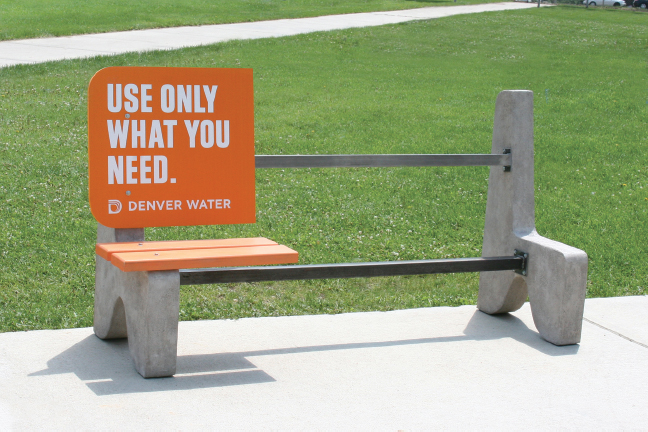DECIDING TO WRITE A PROPOSAL.
DECIDING TO WRITE A PROPOSAL. Got an issue or a problem? Good — let’s deal with it. That’s the logic driving most proposals, both the professional types that pursue grant money and the less formal propositions that are part of everyday life, academic or otherwise. Like evaluations and some explanations, proposals are another form of argument (for more on choosing a genre, see the Introduction).
Although grant writing shares some elements of informal proposals, it is driven by rigid formulas set by foundations and government agencies, usually covering things like budgets, personnel, evaluation, outcomes, and so on. Informal proposals are much easier. Though they may not funnel large sums of cash your way, they’re still important tools for addressing problems. A sensible proposal can make a difference in any situation — be it academic, personal, or political.
In offering a proposal, you’ll need to make many of the moves outlined below. In a first-

Use Only What You Need How do you persuade people in a community to save water? Denver Water created an innovative multimedia ad campaign to sell its proposal cleverly to its community.
Courtesy of Denver Water.
Define a problem. Set the stage for a proposal by describing the specific situation, problem, or opportunity in enough detail that readers get it: They see a compelling need for action. In many cases, a proposal needs to explain what’s wrong with the status quo.
Make specific recommendations. This is the trial balloon. Don’t just complain that someone else has botched a situation or opportunity: Explain what you propose to do about the problem. The more concrete your solution is, the better.
Target the proposal. To make a difference, you have to reach people with the power to change a situation. That means first identifying such individuals (or groups) and then tailoring your proposal to their expectations. Use the Web or library, for example, to get the names and contact information of government or corporate officials. (plan a project) When the people in power are the problem, go over their heads to more general audiences with clout of their own: voters, consumers, women, fellow citizens, the elderly, and so on.
Consider reasonable alternatives. Your proposal won’t be taken seriously unless you have weighed all the workable possibilities, explaining their advantages and downsides. Only then will you be prepared to make a case for your own ideas.
Make realistic recommendations. You need to address two related issues: feasibility and implementation. A proposal is feasible if it can be achieved with available resources and is acceptable to the parties involved. And, of course, a feasible plan still needs a plausible pathway to completion: First we do this; then we do this.